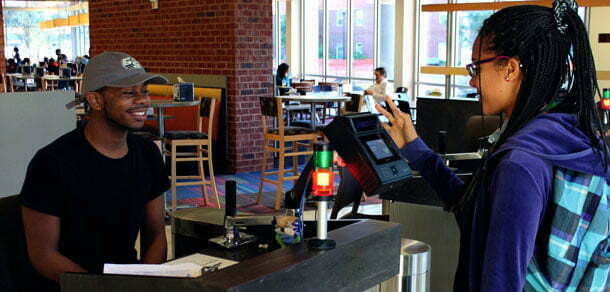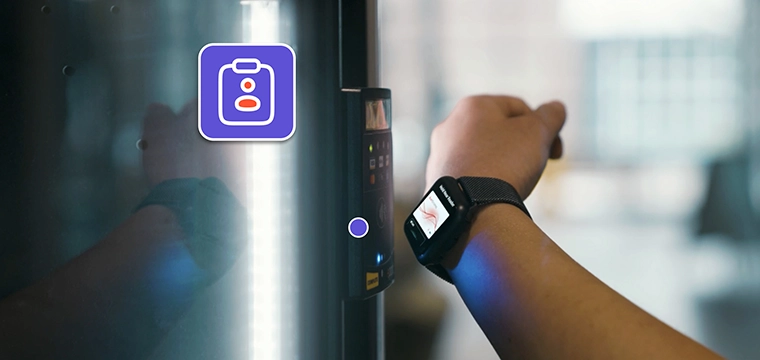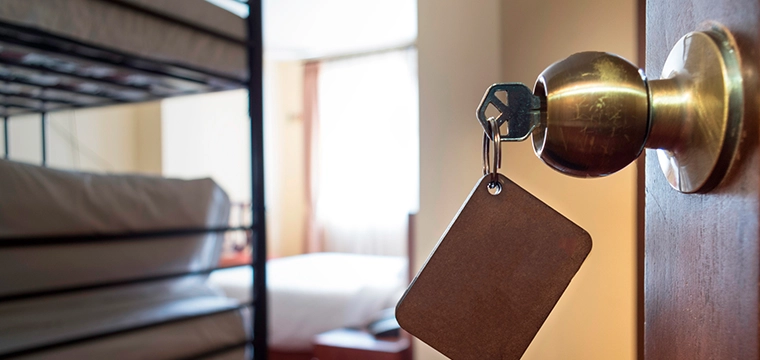
Herein lies the heart of the security vs. convenience debate. Biometric systems can be tailored to fit the type of installation they are supporting, ratcheting the threshold of acceptance higher or lower based on the security needs of the application.
“Biometric matching is always based on a probability of a match. Because of these probabilities, different biometric modalities and systems have varying false rejection rates (FRR) and false acceptance rates (FAR),” Brooks explains. “Selection of a biometric modality and manufacturer must always take these values into account along with the intended application.”
For a low-security application that is designed for convenience, it may be permissible to tolerate the chance of an occasional false acceptance. Of course, a system would be less convenient if there were high false rejections, Brooks says. “The opposite may be true for high-security applications. If convenience were not a factor, you wouldn’t care as much if there were false rejections. The most important concern is that there are never false acceptances,” he explains.
For example, a growing number of universities are implementing biometrics for access into dining halls, recreation centers and athletic events – all environments where ratcheting down the level of security in favor of quicker throughput and convenience is beneficial to the user experience. On the other hand, if maximum security is the main goal, Brooks explains that choosing a system that offers two- or three-factor authentication and that has very low false acceptance rates would be ideal.
Security-based biometric applications include physical access to academic buildings, residence halls, secure labs, IT infrastructure, nuclear facilities and medical research facilities. Convenience applications, meanwhile, include dining, recreation center and sporting event access.
When it comes to campus deployments, the tides of security and convenience may be starting to turn. “Traditionally applications on campus have been more security focused,” Brooks says. “We have seen many biometric implementations for irradiator rooms, cadaver labs, server rooms, and other highly secure areas, but more recently we have seen a trend more towards convenience applications.”
Nevertheless, campuses looking to implement a so-called convenient biometric solution don’t have to sacrifice security. “Today’s higher end biometric applications are both secure and convenient, which is why there is such growth in the biometric industry,” says Ortscheid. “I don’t believe that there’s a major distinction between the two anymore.”




